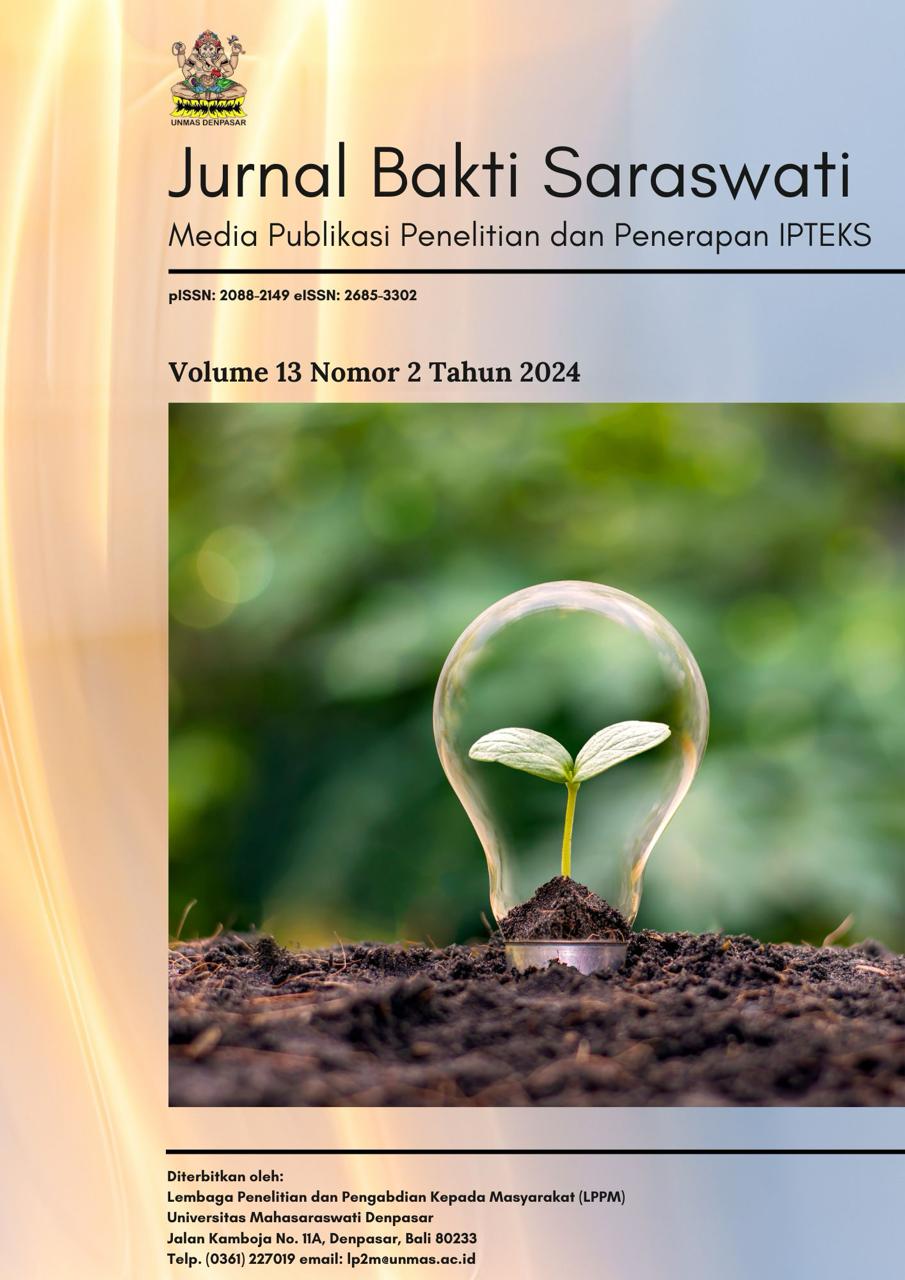PENGARUH PENERAPAN WRAP AROUND SYSTEM TERHADAP PENGURANGAN BERAT KARTON BOX
Keywords:
Wrap Around System, Efficiency, Cardboard Box WeightAbstract
Packaging plays an important role as it serves as a container that protects products from damage, from the factory to the hands of consumers. Besides functioning as protection, packaging also acts as a communication medium between the product and the consumer by providing information about the product's features, types, and characteristics. In the industry, paper and cardboard packaging are commonly used due to their ability to protect products and their environmentally friendly properties, being biodegradable and recyclable. This research aims to analyze the impact of applying the wrap-around system in reducing the weight of cardboard boxes. The study shows that manual packaging of PET products using conventional cardboard requires a standard cardboard weight of 373.32 grams to maintain the strength of the folds. To reduce product defects, the implementation of the wrap-around system is considered more efficient than conventional methods. In this method, the design of the cardboard box is changed from conventional folds to wrap-around folds, allowing the weight of the cardboard to be reduced without compromising the quality of the folds. The average weight of cardboard in the wrap-around system is 356.95 grams, contributing to the reduction of Non-B3 waste by reducing the weight of the cardboard boxes.
Downloads
References
Annisa M., Widodo S., 2016. Menganalisis Defect Sanding Mark Unit Pick Up Time dengan Metode Seven Tools PT. ADM. Journal Integrasi. Sistem, 3 (1) 46-55.
Chandra, Daniel Samantha Bayu dan R.H. Mustamu. 2015. Analisis Strategi Bersaing Pada Perusahaan Kotak Karton Gelombang Menggunakan Porter’s Five Forces Analysis. Jurnal AGORA, 3 (1) 38-47.
Devi N, Asngadi A, Sulaeman M, Syamsuddin S. 2019. Analisis Pengendalian Kualitas Produk Koran Pada PT. Radar Sulteng Membangun di Kota Palu. Jurnal Ilmu Manajemen Universitas Tadulako, 5 (9), 287-297.
Indah N, Monika A. 2020. Metode Control Chart dan Fishbone Terhadap Produk Power House Pada Unit Pengolahan Sampah. Jurnal Ekonomi. dan Indonesia, 21 (1). 35-44.
Meri M., Irsan W. 2017. Analisis Pengendalian Kualitas pada Produk SMS (Sumber Minuman Sehat) dengan Metode Statistical Process Control (SPC) Studi Kasus pada PT. Agrimitra Utama Persada Padang.Jurnal. Teknologi Informasi., 7(1), 119-126.
Mujiya U., Susatyo N, Pamono W, Rifki H. 2007. Aplikasi Seven Tools untuk Mengurangi Cacat Produk pada Mesin Communite di PT. Masscom Graphy Semarang. Jurnal PASTI, 11 (3), 220-230.
Setiawan K, Alriani I. 2018. Analisis Pengendalian Proses Produksi dengan Metode Statistical Quality Control pada PT. Estwind Mandiri Semarang. Jurnal Ekonomi Manajemen dan Akuntansi, 6 (2), 25-33.
Sirine, Kurniawati, E.P. 2017. Pengendalian Kualitas Menggunakan Metode SIX SIGMA (Studi Kasus PT Diras Concept Sukoharjo). Asian Journal Innovation Enterpreneurship, 2 (2), 33-42.
Sunardi P., Suprianto E. 2015. Pengendalian Kualitas Produk Pada Proses Produksi RIB A320 di Sheet Metal Forming Shop. Jurnal INDEPT, 5(2): 41-49.
Susetyo, Joko. 2011. Aplikasi Six Sigma DMAIC Dan Kaizen Sebagai Metode Pengendalian dan Perbaikan Kualitas Produk. Jurnal Teknologi Informasika, 4 (1). 61-69.










